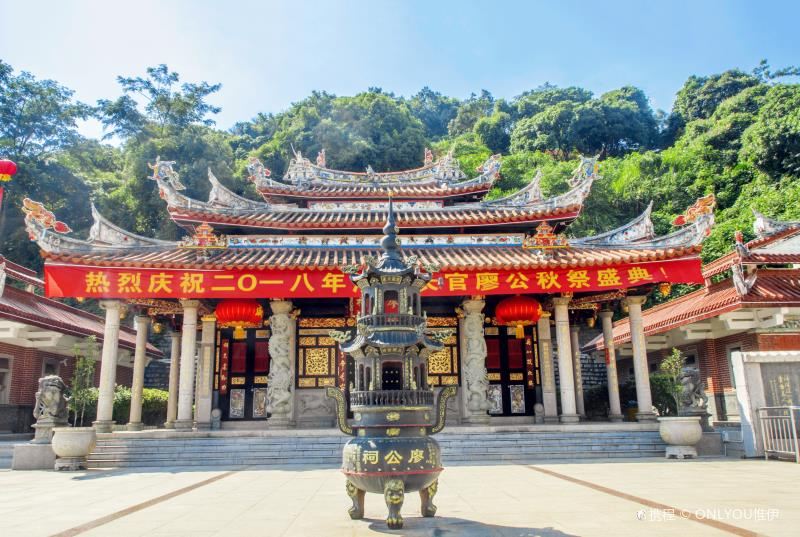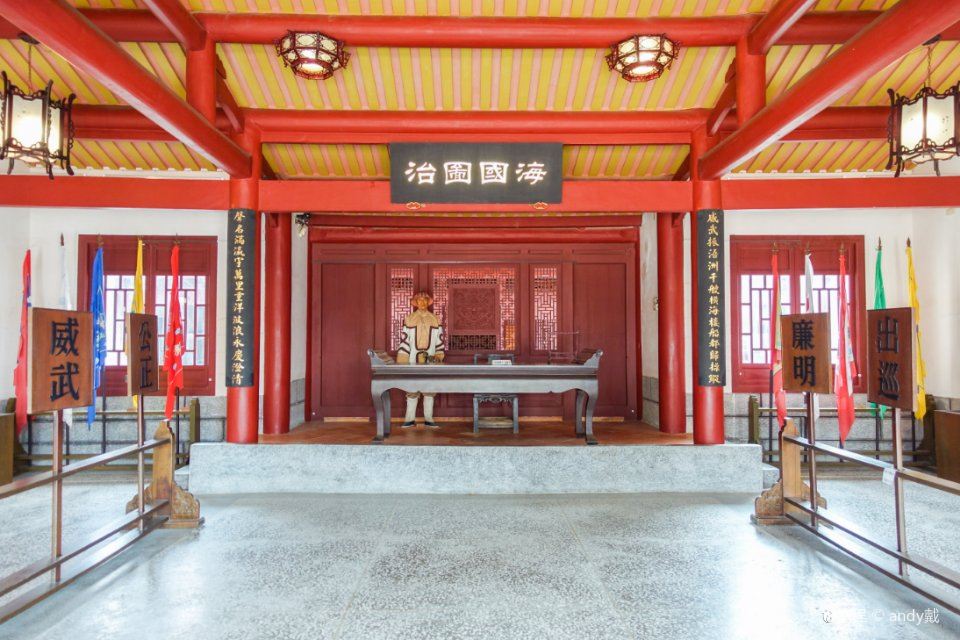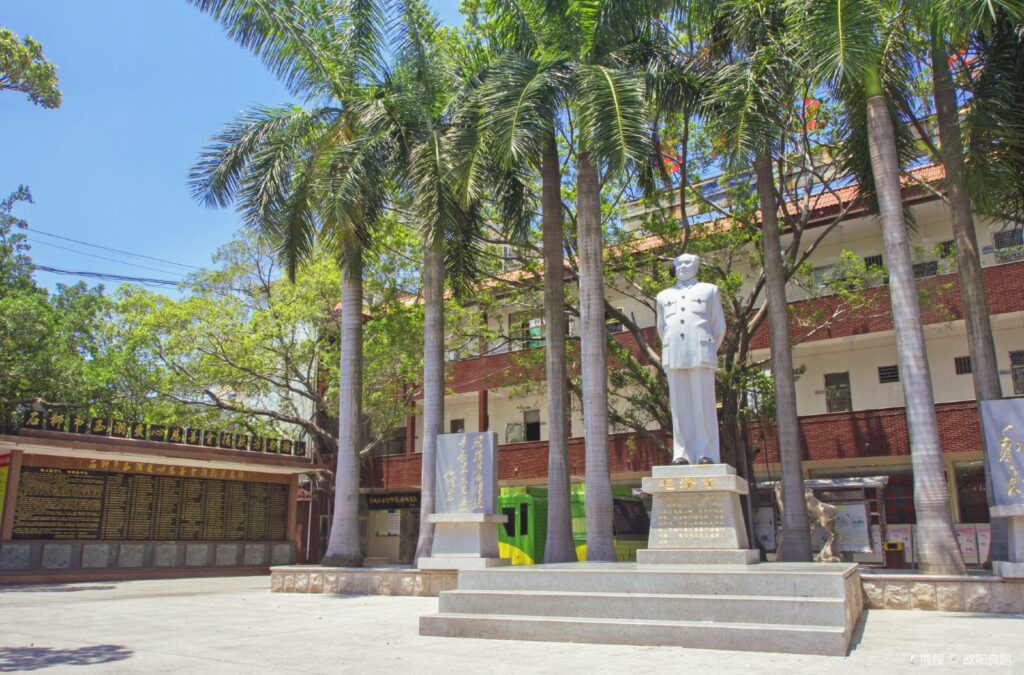Sufang Lady Temple is situated at the northern foot of Zijia Mountain, originally part of Changchun Township, Thirty-third District, Jinjiang County, under the jurisdiction of Quanzhou Prefecture. It honors the local goddess, Lady Su Liuniang, from southern Quanzhou. According to the ‘Annals of Quanzhou Prefecture’, during the Ming Dynasty’s Chenghua and Wanli reigns, Lady Su Liuniang’s divine powers were prominent in calming wars and quelling Japanese pirates, earning her titles such as Guardian of the Nation and Health, and the Noble Lady of Yansheng Chongfu. The government constructed the temple in front of her tomb following the regulations, which has been standing for 525 years.
The temple suffered from military arson in the early Qing Dynasty but was later rebuilt by the local people and renovated during the sixteenth year of the Guangxu Emperor’s reign. A stele with an inscription praising the temple was erected by the Jinjiang County historian. The existing temple is a hanging mountain style brick and wood structure, facing north, covering an area of 700 square meters. The main building consists of the front hall, worship pavilion, courtyard, and the main hall, following the traditional ‘one progress and three open spaces’ style of southern Fujian.
Sufang Lady Temple: A Historic Pilgrimage Site in Quanzhou, Fujian
Sufang Lady Temple is situated at the northern foot of Zijia Mountain, originally part of Changchun [...]









